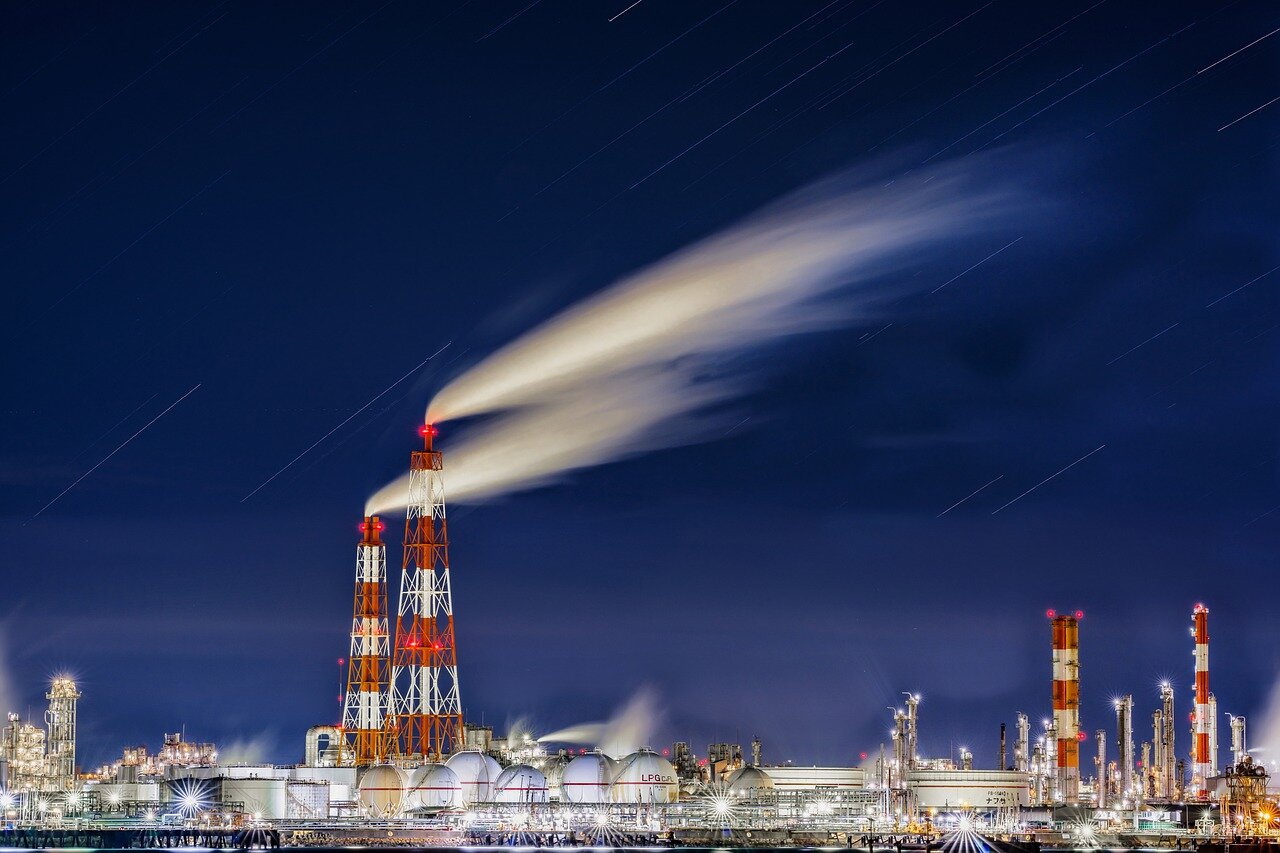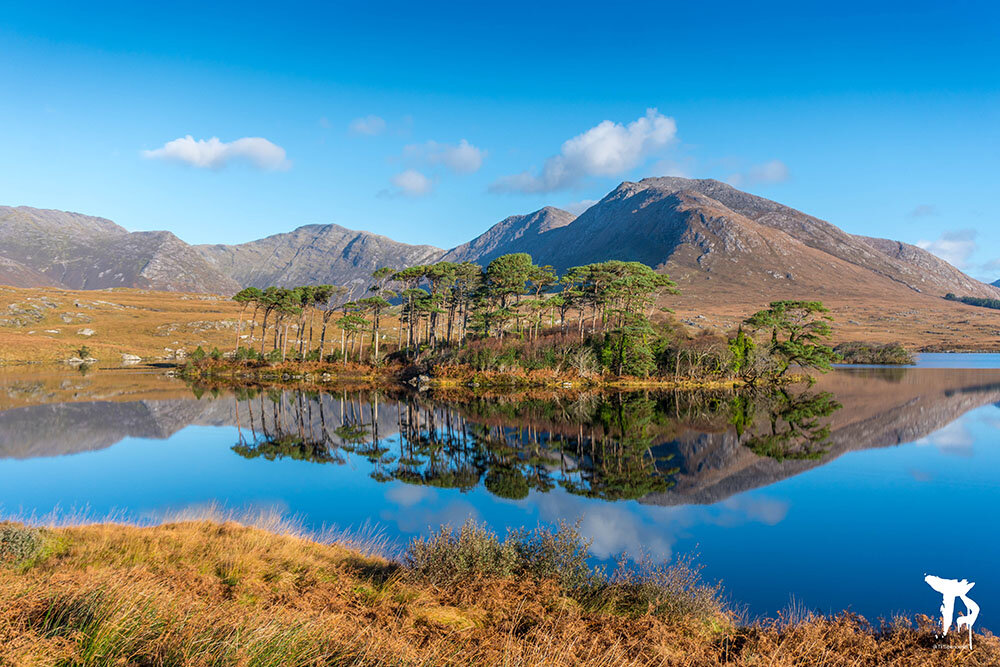
Your Guide To Greenhouse Gases
While we often talk about emissions in our article, we’re conscious that this is a vague term that can often encompass a broad range of harmful substances that have a varying impact on climate change.
Today we present a quick guide to the most potent and common greenhouse gases, the harmful effects they are having here in Ireland, and around the world – and highlight some of the common misinformation shared about each.
Carbon Dioxide
Doubtless you have heard about the inherent role that carbon dioxide (CO2) plays in climate change, as it is certainly the largest single contributor and has been produced in record amounts as our lifestyles have become more energy intensive.
The role of CO2 in climate change is particularly important due to two factors – the sheer amount of it that we produce, and secondly how efficiently it stops thermal energy leaving our atmosphere, leading to the greenhouse effect – the continual warming of the planet.
Like all greenhouse gases, the amount of CO2 in our atmosphere is measured in parts per million – sometimes abbreviated to ppm. This measures the number of CO2 particles out of every million air particles.
Before industrialisation (late 1700s), the concentration of CO2 was 280 parts per million – and 300 parts per million had not been exceeded in over a million years.
However, that has changed rapidly owing to our increased energy demand, and the advent and widespread use of airplanes and cars.
In fact, the latest projections show that the amount of CO2 will surpass 427 parts per million within the next five years – something that hasn’t been seen since the Pliocene warming period 3.3 million years ago, when sea levels were 20 metres higher than today, and global temperatures were on average 3-4⁰C higher.
Ireland’s average temperature change from 1901 to 2019. Credit: Ed Hawkins
We have known about the role of carbon dioxide in climate change since the 1960s, but have thus far failed to address rising emissions – owing in part of oil companies supressing that data, many of whom are still engaged in greenwashing today.
Now we have just seven years to act and avoid the worst case climate change scenarios.
“Methane does 86 times more damage than carbon dioxide”
Methane
While methane is often less talked about than CO2, and accounts for a considerably smaller percentage of emissions (around 16% of all greenhouse gas emissions), it is an incredibly harmful greenhouse gases that can do 86 times more damage than carbon dioxide.
While CO2 stays in the atmosphere for centuries – or even millennia – methane has an immediate and potent impact, causing severely more damage over the course of a decade or so, before which it then decays into CO2..
This article was inspired by a recent tweet by an agriculture lobbying organisation who made a highly misleading claim about the role that methane plays in climate change – despite the fact that 85% of Ireland’s methane emissions come from agriculture.
This is particularly alarming when Ireland’s meat and dairy industry is using PR firms who have represented tobacco firms in the past.
As such, we must always be careful to question the intentions and funding of such claims, so that we may separate misinformation (sharing false facts accidentally) from disinformation (promoting untruths to maintain your vested interest).
Nitrous Oxide
Much like Methane, the lower emissions rates of nitrous oxide (N2O) hide just how incredibly harmful it is.
While N2O only accounts for around 6% of global emissions, it is 298 times more powerful than carbon dioxide over 20 years, and can last in our atmosphere for over a century.
This is a greenhouse gas that we should be particularly aware of in Ireland as diesels account for 60% of the vehicles on our roads, and the typical diesel car emits around 10 times more N2O than the equivalent petrol car.
Today, around 90% of N2O emissions in Ireland come from the agriculture industry – primarily due to the use of nitrogen fertiliser and emissions from animal waste – according to Teagasc.
Not only does nitrous oxide have an incredibly harmful impact on climate change, but it has highly damaging effects on public health and has been linked to a range of illnesses including cancer and asthma, according to the World Health Organisation.
With 1 in 8 deaths in the EU now attributed to climate change and air pollution, we have previously called for Ireland to implement an engine idling ban and awareness campaign to reduce these harmful emissions while we transition to zero-emissions transport. This is particularly important around schools where engines are typically left idling, and where developing children are more significantly harmed by car fumes.
Flourinated gases
The impact of these gases is less reported in the media, but their role in climate change is still incredibly prominent.
Often known as “industrial gases” they are most often count in manufacturing, in the production of solvents, but are also found in everyday items like fridges and air conditioning units.
Despite the fact that they account for around 2% of all emissions worldwide, they have a greenhouse effect that is thousands of times greater than CO2 and stay in the atmosphere for hundreds or even thousands of years.
In Ireland, fluorinated gases account for just 1% of our total greenhouse gas emissions, but the Department of the Environment, Climate & Communications has reported that emissions have been increasing year-on-year.
What next?
While there is so much more detail that we could offer, we hope that this has been a helpful guide to the fundamental greenhouse gases that our driving climate change, and which threaten to change the world around us forever.
IrishEVs is an independent consumer advice website that seeks to cut through the all-too-common myths about electric cars to help Irish consumers make better informed decisions about adopting zero-emissions electric cars, and how this can lower your carbon footprint.
We hope that there will be plenty more useful information on the website, but we always welcome questions and article ideas – get in touch with us via Twitter or Email.
What To Read Next
Climate Crisis – Not Climate Change
Find our why we're in the midst of a Climate Crisis, rather than living alongside Climate Change - and why this matters for encouraging climate action
How To Manage Climate Anxiety
Climate anxiety is a growing mental health problem worldwide in the face of climate change. We present helpful coping methods to help you take action






